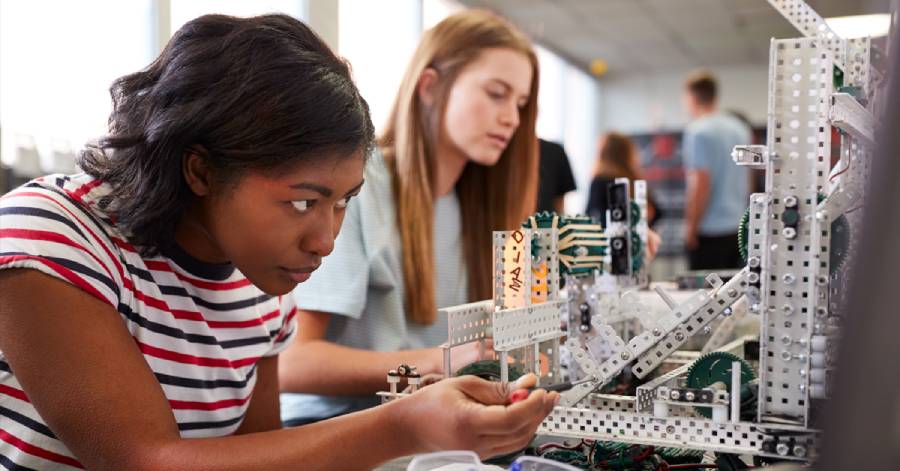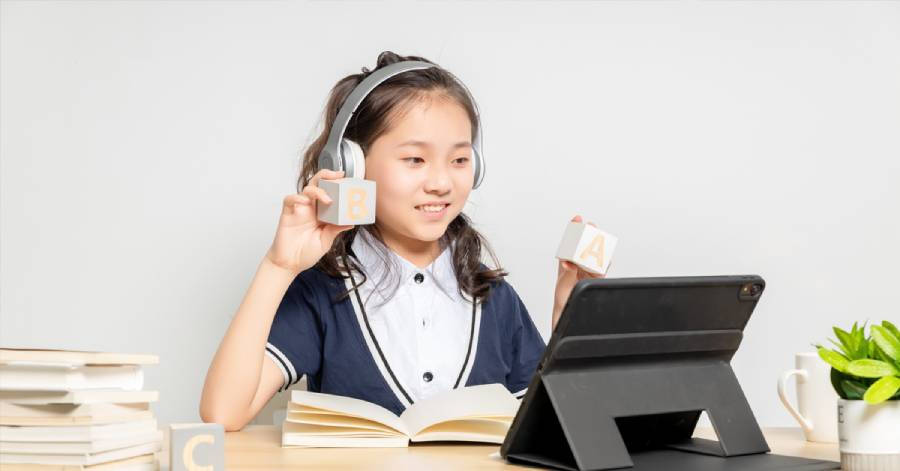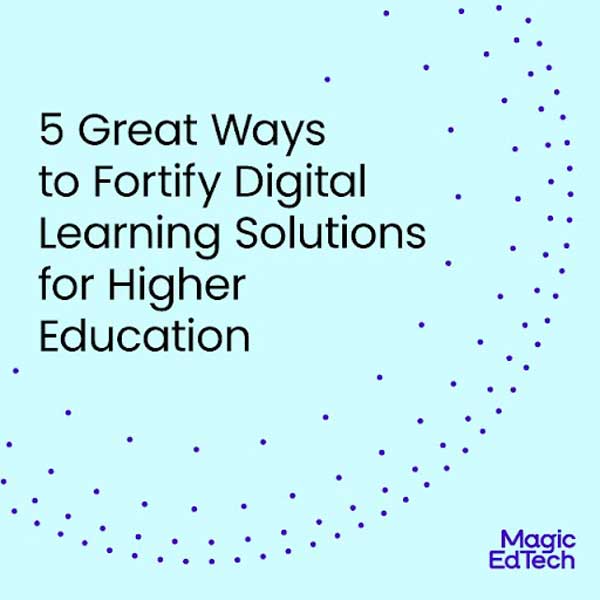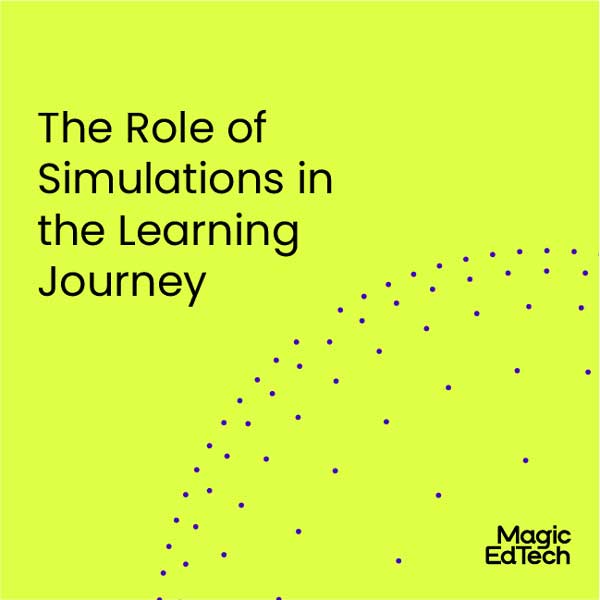Welcome to the ChatGPT and AI Age of EdTech
- 7 March, 2023
- Reading Time: 8 mins
“Have you tried ChatGPT?” – a question that’s popped up in a lot of my recent conversations – not only professional ones but among friends and family too. It’s safe to say that ChatGPT is the new buzzword for 2023.
To oversimplify, ChatGPT is an advanced AI tool that lets you search the internet using voice or whole sentences. The results are given back to the searcher in comprehensive, in-depth sentences rather than the Google Search results we’ve been accustomed to. In the education space, the tool has caught on due to its ability to compose entire essays, give detailed answers to questions, and fill the gaps in learning using digital resources and Artificial Intelligence. All this, taking the searcher’s context and sentiment into consideration. So how smart is this tool? You’ve probably read about how ChatGPT recently designed an ETF that can be used to beat the US equity market.
ChatGPT and AI Chatbots in Education
In the context of education, technologies like ChatGPT can help build chatbots and virtual assistants. ChatGPT presents an opportunity to redesign what teaching and learning look like, and has the potential to shape the future of the classroom. But it’s not just ChatGPT. Conversational AI, on the whole, is set to change how students, teachers, and parents interact with each other. Incorporating a ChatGPT-like AI tool within your digital learning platform can provide a much superior learning experience just by dealing with daily transactions. Say, for example, questions that parents have for schools and teachers can be answered using a conversational bot. This saves up an educator’s time who may sometimes need to attend to as many as 40-50 parents a week.
Similarly, AI Chatbots can be used across many areas of learning. Right from smoothening out student or teacher onboarding; to providing personalized and self-paced learning based on the student’s style. Besides these, AI chatbots can assist with answering FAQs, collecting data and feedback to improve teaching practices, and tracking class and student performances.
Applications of ChatGPT for Students
Students possess access to all types of information with a single search command. Information, if anything, has become over-abundant. Having all the information at the tips of their fingers has also changed the dynamics between students and teachers.
In the last decade, the role of a teacher has gone from being an all-knowing one to more of a leading and guidance one – helping learners sift through a plethora of information to get at the heart of what they want to know. Technology has thus paved the path for more collaborative learning within the classroom.
Daniel Lametti, a Canadian psycholinguist at Acadia University in Nova Scotia, said ChatGPT would do for academic texts what the calculator did for mathematics.
Calculators changed how mathematics was taught. Before calculators, often all that mattered was the end result: the solution. But, when calculators came, it became important to show how you had solved the problem — your method.
Some experts have suggested that a similar thing could happen with academic essays, where they are no longer only evaluated on what they say but also on how students edit and improve a text generated by an AI — their method.
AI Chatbots for Personalized Learning Support
Regardless of these changes, one thing that remains constant is that students learn at different paces and have varied needs and abilities. Teachers in the classroom or in a digital learning environment may not always be able to offer learners the 1:1 support and attention they require. Chatbots, on the other hand, can scale teacher productivity like no other edtech tool before and provide an inexpensive alternative to this.
Take, for example, Microsoft, which has integrated AI-enabled search tools in its latest update, Microsoft 11. This will enable users to ask questions and conduct searches right in the taskbar.
Similarly, much like a Learning assistant, an AI Chatbot can be commissioned to provide learners with quick answers to commonly asked questions. This type of support can prove invaluable after the class is done and when students take learning outside of school.
AI-powered learning assistants can be used to guide and assist students with their learning by improving the search and providing personalized recommendations on content and other learning resources. Now learners will be assisted with content search not just by the content titles but by content types and other metadata. A chatbot can also perform context-based searches to provide answers from within pdf and epub content, as well as recommend relevant content for further clarification.
This technology can lead students to the right digital resources like an ebook, course modules, completion deadlines, and assignments to help them sharpen their knowledge of a particular topic. Depending on the student’s acumen, they can recommend additional tutoring or advanced preparation classes to the student’s teacher or school.
ChatGPT for Student Success
Teachers can use ChatGPT to customize the learning experience for students and incorporate the tool into their lessons. The text completion, translation, and text summarization features can be used to improve student writing skills.
The tool can generate engaging writing prompts for students based on age and grade. For example, teachers could ask ChatGPT to create a story starter or a writing prompt that pushes students to unleash their creativity by completing the task. This can be a stepping stone to inculcating writing skills among students.
ChatGPT can help students expand their vocabulary by introducing them to new words and building sentences on them. Teachers can ask the tool to create numerous sentences on a new word that students aren’t familiar with and then have students guess the meaning of the word through the context of the varied sentences.
Educators can use such AI-based tools to create and design assignments, tests, and other educational resources. ChatGPT can work great as a reading comprehension tool and help students improve their comprehension and reading skills. Teachers can ask the tool to generate passages on various topics and merge its input in classroom assessment, asking students questions based on it. This will help educators assess students’ understanding of the topic/subject and identify areas that need extra attention.
Conversational AI for Learning Engagement
ChatGPT-like AI technologies have the capacity to initiate dialogues with students in a digital learning environment. It can help identify gaps in learning and understanding, and provide support by proposing alternative strategies, answering queries, and helping with content and context-based search, text generation, and completion to assist students to get back on track.
With the varied features that it offers, an AI assistant could motivate students to connect with their learning, which will positively affect their learning outcomes. Studies have shown that the relationship between students’ engagement in their learning material and their academic achievement is significant. Those who are more engaged with their content are more likely to succeed than those who are not. An AI bot could encourage students to become active learners rather than passive recipients of information in a digital environment.
Chatbots can help boost student engagement by being a constant presence. It is the ultimate medium for providing automated and adaptive scaffolding in a digital learning environment.
Diversity, Equity, and Inclusion in Learning
In the context of educational equity, AI bots could be used to distill complex paragraphs into easily understandable sentences for students who don’t have full-time access to an instructor. This can also enhance multilingual accessibility for ESL students as increased interaction with this high-functioning tool can help build their communication skills. It can also inspect which resources are difficult to access for some students – flagging them for accessibility breaches. This can not only help detect issues with screen readers but go further to point out content that is difficult to comprehend. Such tools have the potential to make education more accessible for those students with disabilities.
Conversational AI to Ease Educator and Administrative Burdens
While New York City Public Schools has banned access to the tool, for fears of enabling cheating, many have pondered its effects on education in the future. So far, the tool’s proficiency levels in reading and comprehension exceed those of most high schoolers. It’s no news that teachers are more exhausted than ever. Overburdened teachers can use chatbots to assist them and provide a better learning experience to their students in a more “hands-off” manner. Every data-driven repetitive work can be assigned to a bot powered by AI technology. Things like attendance monitoring, exam scoring, and assignment distribution. One application of this technology could be to save teachers the time to perform rigorous assessments, thereby cutting the time involved in grading papers.
They can also be honed to act as virtual teaching assistants that reduce a teacher’s workload. Chatbots can be trained to perform a wide range of educational functions, such as offering onboarding services, assisting learners, serving as a tutor, acting as a mentor, providing feedback, and assessing learners.
But it doesn’t end there. Chatbots can enable students and parents to make inquiries, kick off the enrollment process, and motivate them to take further action. ChatGPT can be further trained to answer general student queries and direct them to relevant information. Moreover, the tool can collect student feedback and other helpful data, which can be analyzed and used by the teachers to improve the teaching and learning practices and plans for improvement.
The capabilities of ChatGPT can also be leveraged to detect bias in content or correct flaws in learning material. With the rising need for updated instructional materials and the widening shortage of teachers, ChatGPT could help districts develop and implement a curriculum that is equitable and bias-free. Thus serving as a bridge to ease the load on a heavily burdened education system, if used properly.
Conclusion
The focus for educational leadership will always primarily be on the best learning outcomes – regardless of the technology that helps us get there. ChatGPT as a supplementary tool can empower student learning and scale teacher productivity. Whilst a chatbot is no substitute, it could help teachers free up time to engage more and better with students.
Written By
Shtakshi Tyagi, Ajay Yadav, and Yashika Gupta from team MagicBox. To know more about MagicBox, Magic EdTech’s in-house learning platform, visit https://www.getmagicbox.com






